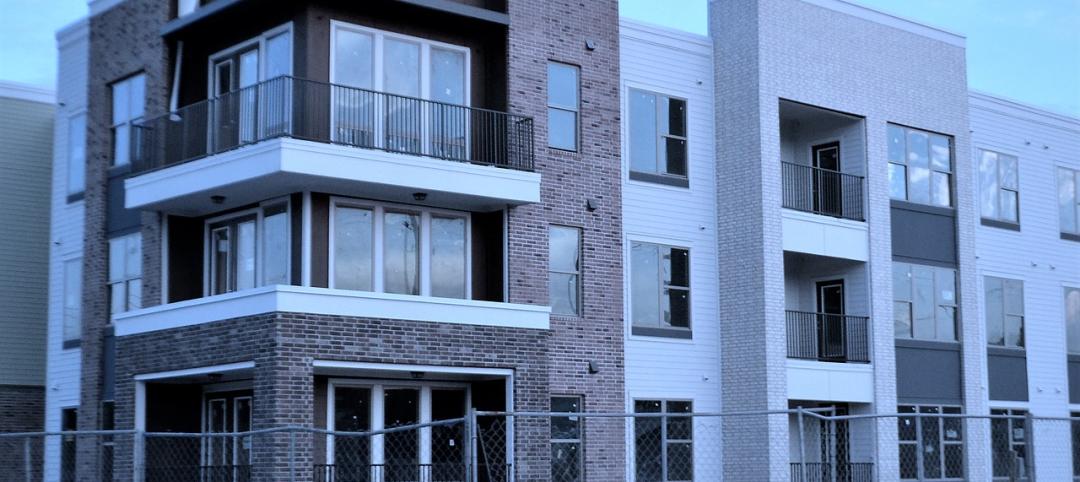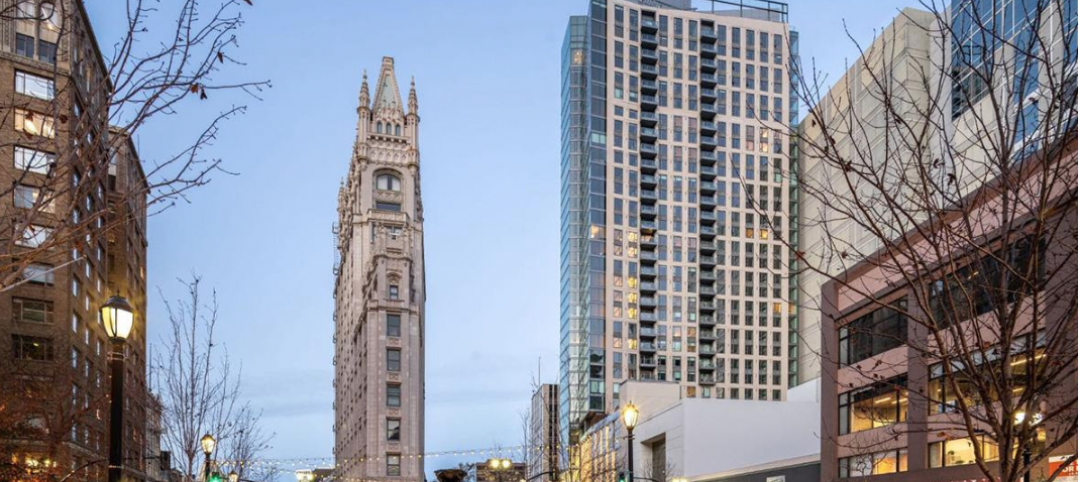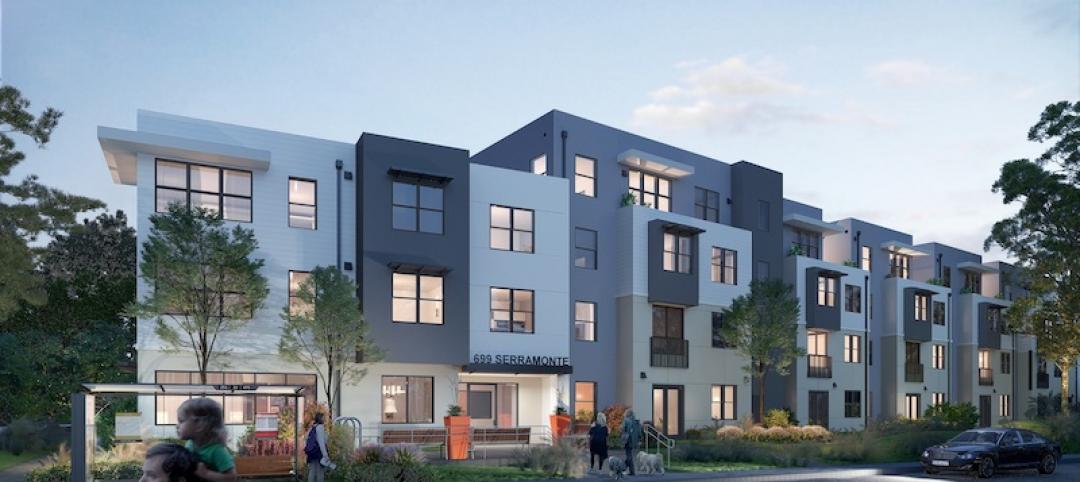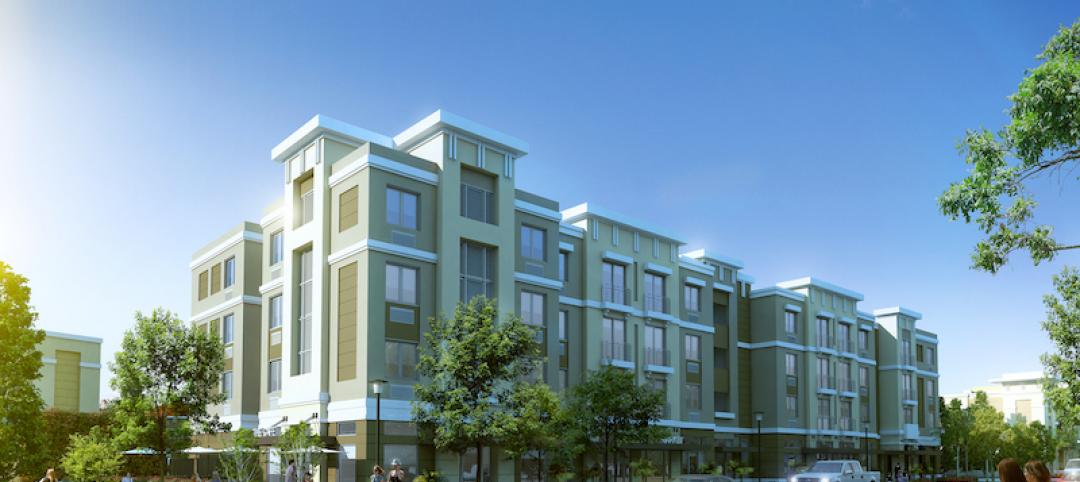San Jose, Calif., is now among the 10 U.S. cities with a population of one million or more, according to estimates released by the U.S. Census Bureau.
California now has three cities with 1 million or more people (Los Angeles, San Diego and San Jose), tying Texas (Houston, San Antonio and Dallas) for the lead among states.
When the 2013 estimates were originally released last year, San Jose stood just shy of the 1 million mark. The 2014 population estimates released today show the city passing the 1 million milestone in the updated 2013 estimate. Each year, the Census Bureau revises its time series of previously released estimates going back to the 2010 Census. The updated years in the time series supersede the previously released estimates to reflect additional data used in the population estimates.
Half of the 10 cities with the largest population gains between 2013 and 2014 were in Texas—Houston, Austin, San Antonio, Dallas and Fort Worth. Each added more than 18,000 people. The Lone Star State also had six of the top 13 fastest-growing cities by percentage.
New York remained the nation’s most populous city and gained 52,700 people during the year ending July 1, 2014, which is more than any other U.S. city.
Half of the 10 cities with the largest population gains between 2013 and 2014 were in Texas—Houston, Austin, San Antonio, Dallas and Fort Worth. Each added more than 18,000 people. The Lone Star State also had six of the top 13 fastest-growing cities by percentage—San Marcos, Georgetown, Frisco, Conroe, McKinney and New Braunfels.
San Marcos, situated between Austin and San Antonio, was the fastest-growing city for the third consecutive year, with its population climbing 7.9 between 2013 and 2014% to reach 58,892.
The West was home to eight cities among the top 15 fastest-growing cities with a population of 50,000 or more. Four were in California. Each of the 15 fastest-growing cities between 2013 and 2014 were in the South or West, as were all but two of top 15 numerical gainers. The lone exception, aside from New York, was Columbus, Ohio, which gained 12,421 people over the period to make it the nation’s 13th largest numerical gainer. Ohio’s capital was the nation’s 15th most populous city in 2014, with 835,957 residents.
The only change in the rank order of the 15 most populous cities between 2013 and 2014 was Jacksonville, Fla., and San Francisco, each moving up one spot to 12th and 13th place, respectively, passing Indianapolis, which fell from 12th to 14th.
The statistics released today cover all local governmental units, including incorporated places (like cities and towns), minor civil divisions (such as townships) and consolidated cities (government units for which the functions of an incorporated place and its parent county have merged).
Other highlights:
• For the first time since Hurricane Katrina struck in 2005, New Orleans (384,320) returns to the list of the 50 most-populous cities this year, with Arlington, Texas, dropping off the list.
• Irvine was one of four California cities among the 15 largest numerical gainers (Los Angeles, San Diego and San Jose were the others). It was also the only city in the U.S. to be among both the 15 largest numerical gainers and the 15 fastest growing. The Orange County municipality grew by 11,420 people, or 4.8%, over the period to reach a population of 248,531 in 2014.
• Four areas crossed the 50,000-population mark for the first time since the 2010 Census; all of them were in the West. In alphabetical order by state, these areas were: Cerritos, Calif. (50,004), Commerce City, Colo. (51,762), Caldwell, Idaho (50,224) and Burien, Wash. (50,188). One area in the Midwest dropped below the 50,000 mark this year: Saginaw, Mich. (49,844).
• Among the 50 largest places in the country, three moved more than one position on the total population ranking list since 2013. In addition to Indianapolis, Memphis, Tenn. (656,861 population in 2014) fell three positions, putting it in 23rd and Louisville, Ky. (612,780) dropped two positions to 30th.
• Of the 19,509 incorporated places in the United States, around 76% (14,819) had fewer than 5,000 people in 2014. Only about 3.8% (749) had populations of 50,000 or more.
For more information about the geographic areas for which the Census Bureau produces population estimates, see <https://www.census.gov/popest/about/geo-topics.html>.
Also released today were July 1, 2014, estimates of the number of housing units for the nation, states and counties. These estimates show that Texas gained more housing units than any other state between 2013 and 2014 (adding 141,625), with North Dakota experiencing the fastest rate of growth in the number of units (3.0%). Among counties with at least 5,000 housing units, Williams, N.D., added units at the fastest rate over the period, as the number rose 11.6%.
The population clock, one of the most visited features of the Census Bureau website, displays continuously updated projections of the U.S. population, including the rate of births, deaths and net migration for the United States. The projections are based on a monthly time series of population estimates starting with the April 1, 2010, resident population count derived from the 2010 Census.
Download the U.S. Census Bureau’s dwellr app today to discover the top 25 U.S. cities and towns that best fit your lifestyle. Whether you prefer the bright lights of the big city or wide open spaces, dwellr powers your phone with neighborhood-level statistics on topics such as home values, education, and how people get to work so that you can explore where you want to dwell.
Once you’ve found your dream neighborhood, take dwellr with you wherever you go.
Related Stories
Multifamily Housing | Apr 15, 2020
Related Group picks Stantec to design and engineer Manor Miramar residences in Florida
Related Group picks Stantec to design and engineer Manor Miramar residences in Florida.
Coronavirus | Apr 5, 2020
COVID-19: Most multifamily contractors experiencing delays in projects due to coronavirus pandemic
The NMHC Construction Survey is intended to gauge the magnitude of the disruption caused by the COVID-19 outbreak on multifamily construction.
Plumbing | Mar 13, 2020
Pioneer Industries launches new website
Pioneer Industries launches new website
Multifamily Housing | Mar 5, 2020
The Aviator apartment community opens near Henderson Executive Airport
The community is inspired by antique airplane designs.
Building Materials | Mar 3, 2020
84 Lumber President Maggie Hardy Knox receives Career Achievement Award
Maggie Hardy Knox, President of 84 Lumber and Nemacolin Woodlands Resort, to receive Career Achievement Award.
Multifamily Housing | Feb 26, 2020
School districts in California are stepping in to provide affordable housing for faculty and staff
One high school district in Daly City has broken ground on 122-apartment building.
Multifamily Housing | Feb 23, 2020
A post-storm Puerto Rico reconsiders how and what to rebuild
Federal help means tougher code enforcement. And will this island of homeowners embrace renting?

















